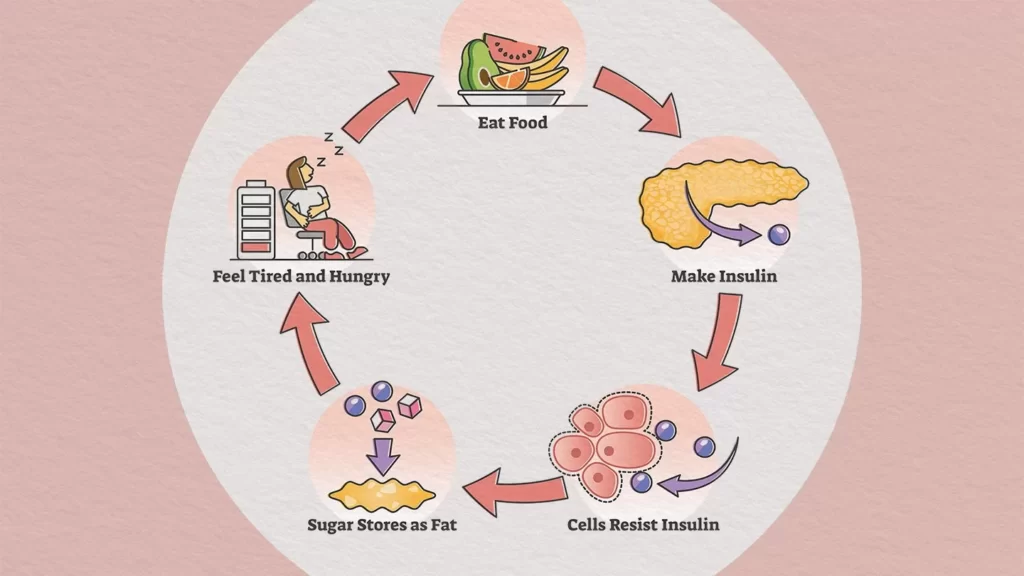What simple sugar is broken down in the Mitochondria – Do you ever wonder what happens to the sugar in your body after you eat it? Most of us know that it’s broken down and used for energy, but do you know where that process takes place?
In this blog post, we’ll be taking a closer look at the role of the mitochondria in breaking down simple sugars. We’ll explore how glucose is broken down to pyruvate, and how pyruvate is then converted to carbon dioxide and water.
By the end of this post, you’ll have a better understanding of how this important process works. Pyruvate is then transported into the mitochondria where it is oxidized by oxygen to carbon dioxide and water.
This process helps to form the energy right in the form of ATP, which is determined as one of the energy sources that powers all cellular processes, What simple sugar is broken down in the Mitochondria.
What simple sugar is broken down in the Mitochondria?
In mitochondria, the metabolism of sugars is completed: the pyruvate is imported into the mitochondrion and oxidized by O2 to CO2 and H2O. This allows 15 times more ATP to be made than that produced by glycolysis alone.

Glucose works out for the entire conversion within mitochondria. The process of breaking down glucose in the mitochondria is called oxidation. For the body to use glucose, it must be broken down into smaller molecules such as pyruvate.
The breakdown of glucose in the mitochondria is a two-step process: glycolysis and oxidative phosphorylation.
Glycolysis is the first step and it involves the breakdown of glucose into two molecules of pyruvate. Oxidative phosphorylation is the second step and it occurs when pyruvate is oxidized by oxygen to carbon dioxide and water, producing ATP.
The overall equation for the breakdown of glucose in the mitochondria can be represented as:
Glucose + O2 –> CO2 + H2O + ATP
The process of breaking down glucose in the mitochondria requires enzymes and proteins.
Enzymes help in the proper catalyzing of the body and in turn deliver advantages. Proteins are large molecules that perform many functions in the body, including enzymatic activity.
Glucose molecules are initially made by plants through the process of photosynthesis, which is a chemical reaction that uses sunlight to convert carbon dioxide and water into glucose and oxygen.
Plants use glucose for energy, and they store it in their leaves, stems, and roots. When animals eat plants, they consume glucose molecules. Once inside the animal’s cells, the glucose molecules are used for energy or stored as glycogen. The process breaks down to the pyruvate and in turn, gets started with the process
Glucose is one of the best sources that form the major advantages. This is the first step to determine the entire process and even simplify it. It occurs in the cytoplasm of cells and does not require oxygen.
Pyruvate is then transported into the mitochondria. In the mitochondria, pyruvate is converted to carbon dioxide and water by a process called oxidative phosphorylation.
Oxidative phosphorylation is the second and final step in the breakdown of sugars. It occurs in the mitochondria of cells and requires oxygen.
The carbon dioxide and water produced by oxidative phosphorylation are then released from the cells.
There are many studies that we all have undergo to. But to some extent we have been to the stage and got the concerned requirement and to some not. hence the state of simple sugar is broken down in the mitochondria.
- What is The First Computer Virus in The Philippines?
- Xxv Xxviii Meaning in English Translation
- Love like The Galaxy Novel English Translation Read Online